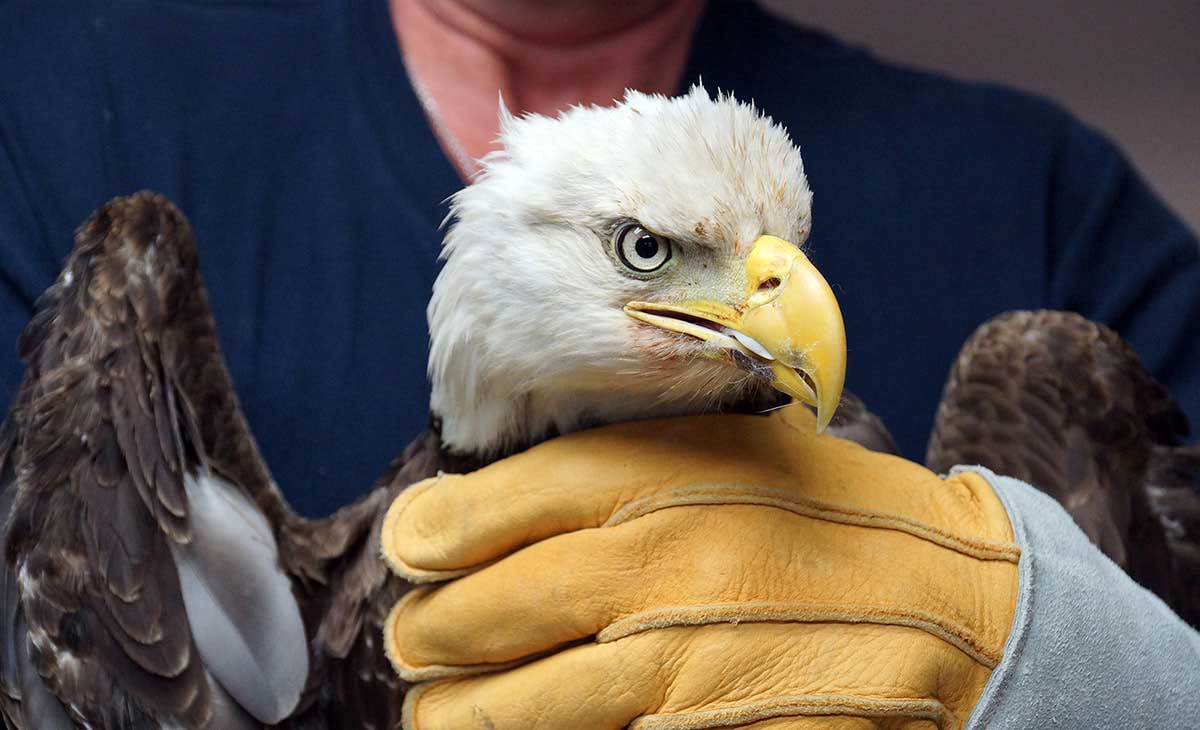Neighborhood Resources for Effective Animal Control Burlington Services
Wiki Article
Typical Challenges and Solutions in Urban Wildlife Removal Initiatives
Urban atmospheres existing distinct challenges for wild animals administration specialists tasked with eliminating or taking care of wild animals populaces. Comprehending the intricacies included in urban wild animals removal is important for establishing strategies that stabilize human safety and security with wildlife welfare. This discourse looks for to reveal the elaborate equilibrium needed for effective urban wildlife management.Honest Wild Animals Management
Dealing with the complexities of honest wild animals monitoring calls for a balance between human rate of interests and the conservation of wild animals ecosystems. In urban setups, this equilibrium ends up being progressively difficult as human expansion encroaches on wild animals environments, leading to regular human-animal communications. Ethical wildlife administration in these environments needs approaches that focus on gentle treatment of animals while alleviating prospective problems.Among the core concepts in moral wild animals administration is the prevention of harm. This involves employing non-lethal techniques for wild animals removal, such as exclusion strategies that stop animals from entering human homes, or utilizing deterrents that assist them away from urban areas. Wild animals experts are charged with using techniques that decrease tension and injury to the animals, ensuring their welfare is taken into consideration alongside human safety and security.
Additionally, moral administration requires informed decision-making based on scientific research and environmental understanding. It is vital to assess the environmental functions of city wildlife and just how their removal might influence local biodiversity. Professionals should also involve in public education, cultivating a broader awareness of conjunction strategies and emphasizing the significance of protecting natural habitats. Ultimately, effective honest wildlife management includes cooperation between conservationists, policymakers, and the general public to maintain metropolitan ecological communities.
Browsing Legal Limitations
Browsing the legal landscape of city wildlife removal offers a complex layer to the currently challenging job of moral wild animals administration. These regulations vary significantly throughout regions, demanding thorough understanding and compliance from those entailed in wild animals administration - burlington wildlife rescue.One significant challenge is the constant evolution of these regulations, frequently driven by ecological adjustments and social attitudes in the direction of wildlife conservation. Thus, experts have to continue to be informed concerning existing lawful requirements and honest legislative modifications. Non-compliance can result in substantial fines, lawful implications, and reputational damage.
In addition, cooperation with neighborhood authorities can be important in browsing these limitations properly. Structure partnerships with wildlife companies and legal professionals can give important insights and advice. This collaboration ensures that removal initiatives are not only legal however likewise straighten with more comprehensive conservation goals. Therefore, understanding and adhering to lawful structures is not simply a step-by-step requirement yet an essential element of lasting and accountable metropolitan wildlife management.

Safety And Security in Removal Practices
Ensuring safety in wildlife elimination techniques is critical to protecting both human and animal well-being. These initiatives call for a balanced method that lessens risk while achieving the desired result of moving pets from urban settings. A main problem in wildlife removal is the capacity for injury or condition transmission to human beings, requiring making use of individual safety equipment (PPE) such as masks, safety glasses, and gloves. Trained experts must handle removals to avoid intensifying the scenario, as inexperienced people may accidentally hurt themselves or the pets entailed.
Safe removal techniques also consist of using humane traps made to protect against injury. These catches have to be regularly monitored to make sure that pets are not left in distress. Furthermore, it is vital to abide by guidelines that determine the proper handling, transport, and launch of captured wildlife, guaranteeing that the pets are gone back to suitable habitats where they can prosper without positioning resource additional risks to city atmospheres.
Moreover, education and training for those involved in wildlife removal are crucial. This makes sure that all parties understand the newest safety and security protocols and techniques, consequently lowering the likelihood of mishaps and advertising an unified coexistence in between urban residents and wild animals.
Cutting-edge Deterrent Solutions
While safety in wildlife elimination is vital, avoiding experiences with metropolitan wildlife through ingenious deterrent options can significantly decrease the need for such interventions. Urban atmospheres, with their abundance of food and shelter, typically bring in wild animals like raccoons, pigeons, and squirrels, resulting in imp source potential conflicts. Developments in innovation and style have actually led the way for creative and effective deterrent techniques that reduce wildlife visibility without injury.One such solution is using ultrasonic gadgets, which release high-frequency sounds inaudible to people but undesirable for various wildlife species, driving them away from specific locations. Furthermore, motion-activated lawn sprinklers can deter animals by stunning them with abrupt bursts of water, efficiently discouraging their return. These devices are specifically helpful in securing gardens and eco-friendly spaces from foraging animals.

Furthermore, the integration of wise lights systems that change their brightness and color can interrupt the nocturnal tasks of certain wild animals, lowering their convenience in metropolitan setups. Physical obstacles, such as bird spikes and nettings, remain to work as functional deterrents, stopping animals from nesting or roosting in unfavorable locations. Stressing humane and green approaches, these technologies hold guarantee for sustainable metropolitan wildlife monitoring.
Neighborhood Education Initiatives
Understanding the relevance of neighborhood education initiatives is crucial in addressing metropolitan wildlife obstacles efficiently. Such initiatives play a substantial function in fostering conjunction between human beings and wildlife in urban settings by elevating understanding and advertising liable behaviors. Enlightening residents regarding regional wild animals varieties, their environments, and behaviors can decrease misunderstandings and concern, leading to more informed choices relating to wild animals administration.Community education and learning efforts often consist of workshops, workshops, and outreach programs made to engage residents of every ages. These efforts can concentrate on functional advice, such as securing waste containers, setting up bird-friendly structures, and staying clear of feeding wildlife, which assists protect against bring in animals right into metropolitan locations. By sharing understanding regarding the ecological roles of wildlife, communities can shift viewpoints from watching animals as annoyances to acknowledging their value within urban environments.
Residents that understand the importance of wildlife preservation are extra likely to sustain humane removal techniques and habitat security measures - animal control Burlington. Reliable community education and learning requires partnership in between local authorities, wildlife professionals, and community leaders to establish customized programs that address particular metropolitan wild animals issues.
Final Thought
Urban wild animals elimination needs a complex approach, dealing with moral administration, lawful conformity, and safety in removal methods. Utilizing ingenious deterrent remedies and focusing on Web Site non-lethal approaches are crucial for mitigating human-wildlife conflict. Neighborhood education efforts play a significant duty in modifying understandings and motivating coexistence by cultivating an understanding of wildlife habits and minimizing attractants. Successful city wild animals monitoring rests on partnership among citizens, authorities, and specialists, making certain techniques that safeguard human safety and security while appreciating wild animals welfare.Urban settings existing unique challenges for wild animals management professionals tasked with taking care of or eliminating wildlife populaces. Understanding the complexities entailed in metropolitan wildlife removal is crucial for establishing techniques that stabilize human safety with wildlife well-being.Browsing the legal landscape of city wildlife removal presents an intricate layer to the already difficult task of moral wild animals management.While security in wild animals elimination is vital, avoiding encounters with metropolitan wild animals via innovative deterrent solutions can significantly minimize the demand for such treatments. Effective city wild animals administration hinges on collaboration amongst locals, authorities, and experts, guaranteeing approaches that protect human safety while appreciating wild animals welfare.
Report this wiki page